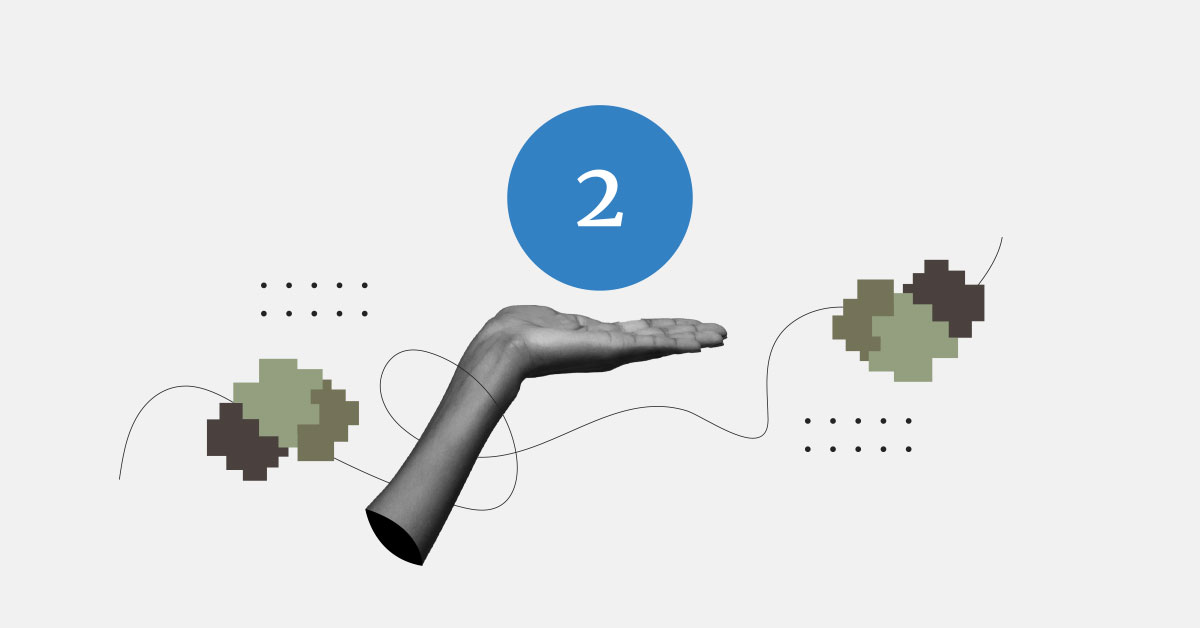Work-integrated learning experiences are relationships between an educational institution, an employer, and a student. For these experiences to be successful, each party must understand their roles and responsibilities.
Roles and Responsibilities
- Develop and maintain relevant curricula which reflects the needs of employers, including VAC;
- Provide relevant academic training for students;
- Provide adequate resources for WIL placements;
- Meet VAC’s needs in terms of support;
- Act as a resource for students during the WIL placements; and
- Coordinate with the employer for evaluating student performance during the WIL placements.
NOTE: Colleges and Institutes Canada (CICan) is the national association representing colleges and institutes. These resources have been developed by CICan and made available to students and representatives of VAC field offices and colleges and institutes. However, CICan is not responsible for the legal employment relationship between the employer and the student, the salary payment from the employer to the student, or management of the relationship between the employer and the student.
Employers must:
- Put in place an employment contract with your student;
- Provide the student with an orientation to the workplace, including an overview of the organization (e.g., mission statement, products, etc.), physical layout, relevant personnel, safety practices, and the duties or tasks expected during the work term;
- Assign a supervisor for the student who will oversee the student’s work and discuss expectations for the work term and, on a regular basis, give the student feedback, including areas of strength and areas which require improvement;
- Advise the student, at the outset, with regard to all issues of confidentiality in the workplace and ensure that any non-disclosure agreements are signed prior to the commencement of work;
- Assist students to set realistic learning objectives and provide relevant learning opportunities;
- Acquaint the student with relevant resources and materials;
- Participate in the work-site visit or follow-up measures by the institution to assess the student’s progress and performance;
- Complete a final evaluation of the student’s performance during the work term, which they are encouraged to discuss with the student; and
- Provide the student with a meaningful work experience, in accordance with the VAC-WIL program criteria and the job description sent during the application process.
This means the student will:
- Conform to all the conditions and rules that apply to VAC;
- Exercise ethical workplace conduct;
- Set goals for learning;
- Work on enhancing their academic, professional and personal skills;
- Maintain employer confidentiality;
- Accept feedback, suggestions for improvement in a positive manner;
- Participate in work-site visits;
- Resolve problems or issues that may arise in a prompt, professional manner;
- Advise the employer and their coordinator of any concerns or problems with their work assignment or environment as soon as an issue arises;
- Keep in contact with their WIL advisor;
- Complete a pre-employment training program prior to undertaking their first work term; and
- Complete a written mid-term and final evaluation.
Mentoring 101
Mentoring is the pairing of an experienced or skilled person (mentor) with a person who would like to improve their skills (student). The mentor acts as a role model and supports the mentee by sharing knowledge, resources, and advice to help them improve their skills.
Mentoring is not a passive endeavour. It is very much active and requires both participants to be engaged and invested. It is two-way street in the sense that both the mentor and mentee must come together and share valuable information and ideas that will help both individuals grow in a specific area.
The Business Case for Mentorship
- About 70% of Fortune 500 companies have a mentorship program.
- Employees who participated in the program were five times more likely to advance in pay grade, and mentors made even more progress.
- Mentees were promoted five times more than those not in the program, and mentors six times more.
- Retention rates were significantly higher for mentees (72%) and for mentors (69%) than for employees who did not participate (49%).
- Mentoring programs boosted minority representation at the management level by 9% to 24%
- Mentoring programs dramatically improved promotion and retention rates for minorities and women—15% to 38% as compared to non-mentored employees.
Mentoring vs Coaching
Mentoring
A more informal association focused on building a two-way, mutually beneficial relationship for long-term career movement.
Talking with a person who has identified their needs prior to entering a mentoring relationship. The emphasis is on active listening, providing information, making suggestions, and establishing connections.
This is a self-directed approach with a committed timeline whereby participants have choices and identify goals together.
Coaching
A more formal structured association focused on improvements in behavior and performance to resolve present work issues or handle specific aspects of the job.
Talking to a person, identifying their needs, and developing an action plan. The emphasis is on instruction, assessing, and monitoring.
This is a more structured approach with a narrower perspective and is usually more specific with a short timeline.

